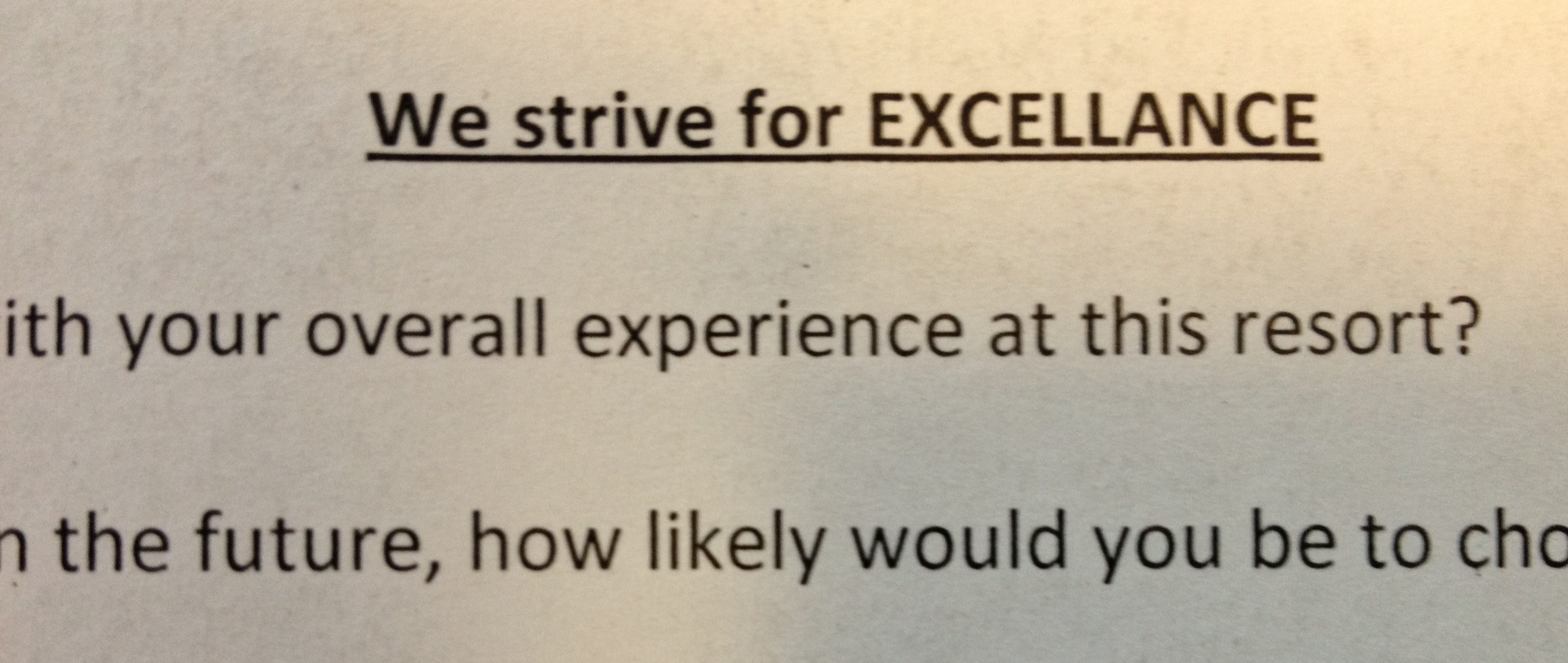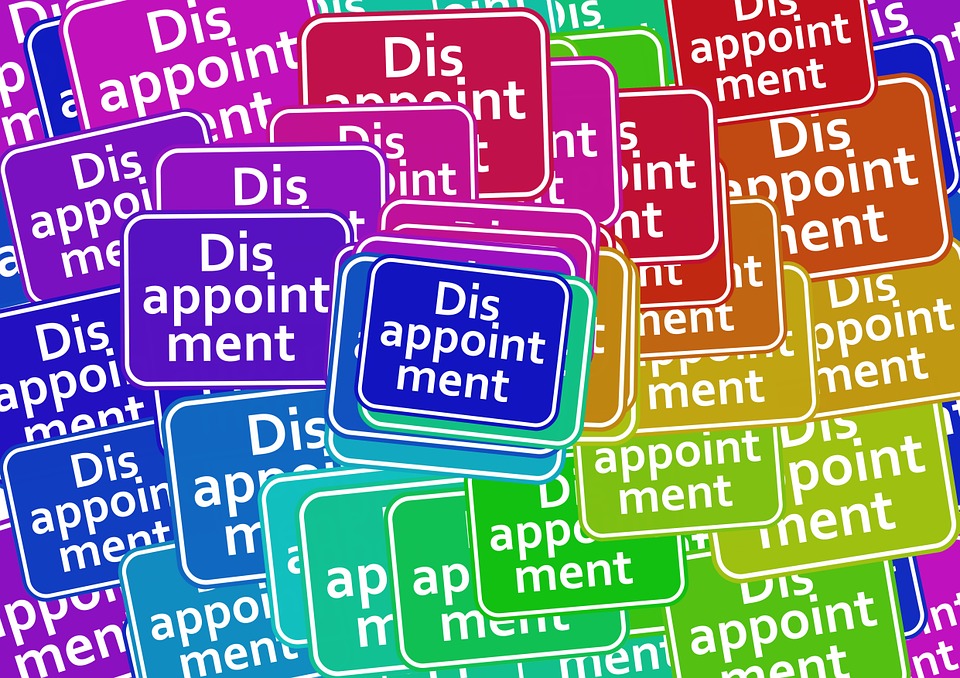[With Employee Appreciation Day approaching, I’m delighted to share this special post from my friends at myHR Partner. These HR professionals are serious about their work, yet also have a great sense of humor. I encourage you to visit their Modern Employer blog where you can find helpful and informative content.]
myHR Partner’s Cartoon Employee Hall of Fame
In recognition of Employee Appreciation Day, which falls on March 1st this year, we would like to share our first Cartoon Employee Hall of Fame. It’s a short list right now, but we’ve included our expert commentary to make it special. We’ve also included suggestions for what to do to celebrate your workforce on their special day in honor of these inductees. Enjoy!

Homer Simpson
With famous quotes like “Son, if you really want something in this life, you have to work for it. Now quiet! They’re about to announce the lottery numbers” and “I think Smithers picked me because of my motivational skills. Everyone says they have to work a lot harder when I’m around,” how could we not recognize Homer’s influence on legions of employees who seek to improve their work habits and have been encouraged to realize that at least they are not as bad as that guy.
Our HR commentary: Watching Homer Simpson at work, you have to wonder “Who the heck was that guy’s hiring manager?” Can you imagine what kind of antics would have turned up on his background check? The show’s writers are missing out on comic gold by not covering that in an episode. Talk about a company in need of help with its hiring process!
Employee Appreciation Day idea inspired by Mr. Simpson: Donut buffet.

SpongeBob Square Pants
SpongeBob loves his job as a short order cook at the Krusty Krab, and he’s good at it, too. We salute his positive attitude and work ethic, although his mannerism and overly outward personality can at times feel like an assault on the senses. What he lacks in workplace etiquette he does make up for in song-and-dance routines, however. Because he doesn’t ever intentionally mean to annoy anyone, it’s funny to us. For Squidward, not so much.
Our HR commentary: Could you have a more energetic or optimistic employee? That type of enthusiasm in the workplace is definitely needed — in moderation, of course. When it begins to become a distraction to his coworkers, that’s when a constructive conversation should occur. Maybe Mr. Krabs could conduct such conversations 2,000 leagues under the sea.
Employee Appreciation Day idea inspired by the square-pantsed one: Karaoke and line dancing lunch hour.
Mike Wazowski and Sully
In a world where monsters generate their city’s power by opening random doors and scaring children, the Monsters Inc. team of Mike Wazowski and Sully are the undisputed company champs. They always bring in the most screams and are hailed by management as the greatest thing since sliced bread. They are good guys and dedicated workers and deserve to be recognized and rewarded for their achievements, including induction into our Hall of Fame.

Our HR commentary: Mike and Sully rock, there’s no doubt, but their rock star status might have inadvertently worked against the larger team they belonged to at the company. Even putting creepy, evil Randall aside, when team leaders focus too much on just the brightest shining gems in the company, they miss out on the diamonds in the rough. Missing opportunities to build up the rest of your team can really stifle growth, create internal resentment and discourage other talented employees.
Employee Appreciation Day idea inspired by Monsters Inc.’s most famous duo: Door prizes, of course.

Fred Flintstone
The world’s most famous prehistoric “bronto crane operator” (we believe the more politically correct title “geological engineer”) is anything but your typical quarry employee. He works at Slate Rock and Gravel Company, and even though his boss, Mr. Slate, has fired him on many occasions, Fred’s better work traits always seem to win him his job back at the end.
Our HR commentary: Fred Flintstone may be loveable but he is definitely the kind of employee who needs help keeping his emotions in check on the job. If you have a lot of Freds on your team, you probably should have training for managers on how to work with “drama queens” and other distracting personalities, as well as some team training on how to communicate more effectively.
Employee Appreciation Day idea inspired by our favorite caveman: Company bowling tournament.

George Jetson
He works at Spacely’s Sprockets turning the Referential Universal Digital Indexer (R.U.D.I.) on and off. It’s reassuring to know that in the future a nine-hour workweek full of button pushing may be the norm. We must also admit that the we like the idea of someday being able to come home from the office to find that housework consists of pressing more buttons, when it’s not being done by a robotic maid, of course.
Our HR commentary: More than 50 years after ‘The Jetsons’ first aired on TV, there are still so many workplace communication issues in those episodes that are relevant. Email, texting, social media and other technological advances haven’t cured the problems. In some cases these modern conveniences have actually made the communication problem worse. One accidental reply-all email or ill-worded voicemail can make you want to just scream “Jane! Stop this crazy thing!”
Employee Appreciation Day idea inspired by the Mr. Spacely’s star button pusher: This is a tough one. Maybe a ’60s inspired lunch theme and serve moon pies all around?









